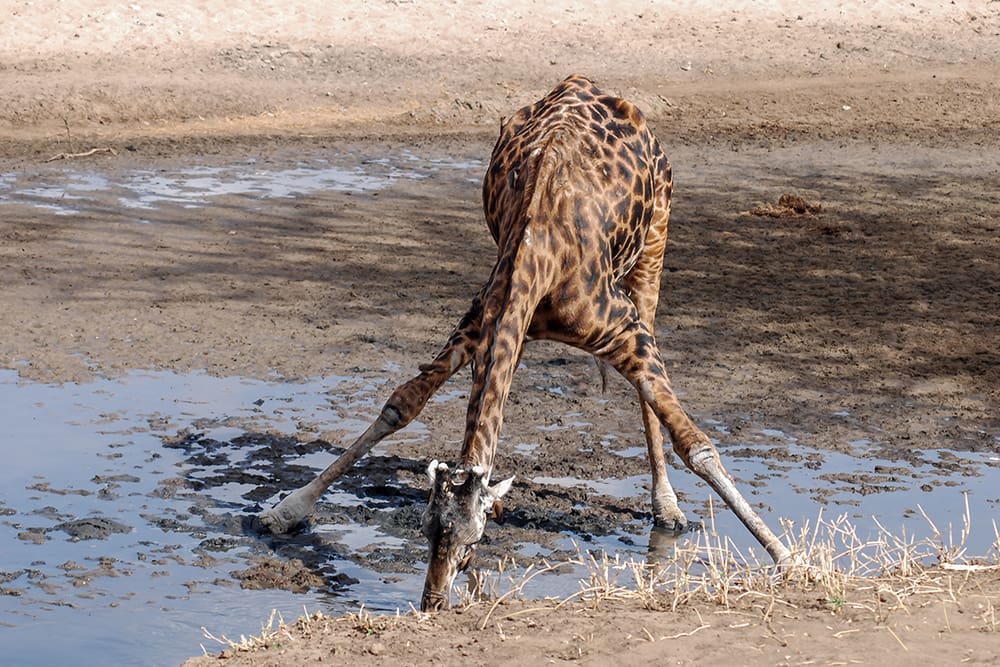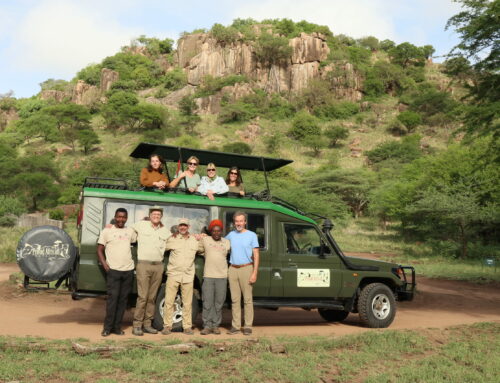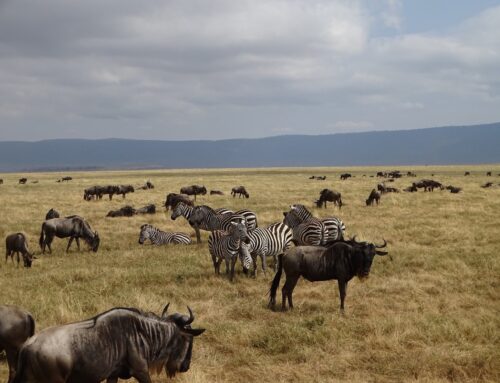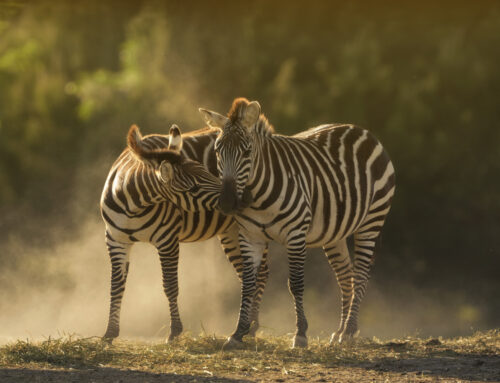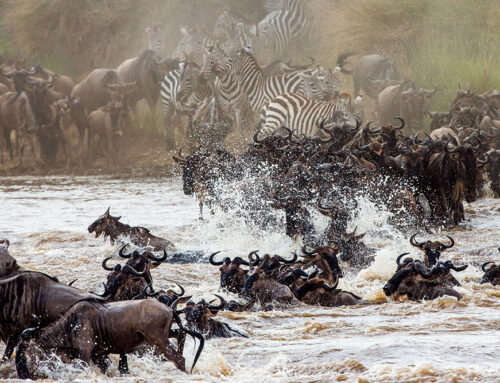Climate change is a concern that has the entire globe wrought with uncertainty about the future, but climate change in the Serengeti is a particularly unstable aspect of the phenomenon.
While it might not seem that a desert would be feeling the effects of climate change as acutely as some other parts of the world, the opposite is actually true. As climate change in the Serengeti becomes more prominent, longer and more intense droughts will become common, followed by periods of flooding thanks to excessive rain.
These issues are compounded by the fact that the population growth rate in East Africa is among the highest in the world. With a higher population comes a greater need for food, meaning greater stress on the agriculture industry.
It doesn’t take much farming knowledge to understand that it takes water to grow crops. Unfortunately, it also takes water to sustain wildlife. Herein lies one of the most pressing issues that will face the Serengeti as a result of climate change.
The human need for water depletes what’s left for wildlife. This, coupled with the fact that the Mara River will likely not be able to sustain the same migrating herds that it always has, could spell serious trouble for the Serengeti’s beautiful animals.
The unfortunate fact is that when it comes down to making a decision between preserving human life and maintaining wildlife conservation efforts, wildlife must necessarily take a backseat. What this means is that it’s hard to know precisely what lies in store for the Serengeti and its stunning array of wildlife in the coming years.
While this uncertainty is due in large part to climate change which is out of anyone’s control, patronizing an ethical safari company while the Serengeti is still functioning much in the same way it always has is a beautiful way to enjoy the stunning scenery and support the local infrastructure.
Climate change is a concern that has the entire globe wrought with uncertainty about the future, but climate change in the Serengeti is a particularly unstable aspect of the phenomenon.
While it might not seem that a desert would be feeling the effects of climate change as acutely as some other parts of the world, the opposite is actually true. As climate change in the Serengeti becomes more prominent, longer and more intense droughts will become common, followed by periods of flooding thanks to excessive rain.
These issues are compounded by the fact that the population growth rate in East Africa is among the highest in the world. With a higher population comes a greater need for food, meaning greater stress on the agriculture industry.
It doesn’t take much farming knowledge to understand that it takes water to grow crops. Unfortunately, it also takes water to sustain wildlife. Herein lies one of the most pressing issues that will face the Serengeti as a result of climate change.
The human need for water depletes what’s left for wildlife. This, coupled with the fact that the Mara River will likely not be able to sustain the same migrating herds that it always has, could spell serious trouble for the Serengeti’s beautiful animals.
The unfortunate fact is that when it comes down to making a decision between preserving human life and maintaining wildlife conservation efforts, wildlife must necessarily take a backseat. What this means is that it’s hard to know precisely what lies in store for the Serengeti and its stunning array of wildlife in the coming years.
While this uncertainty is due in large part to climate change which is out of anyone’s control, patronizing an ethical safari company while the Serengeti is still functioning much in the same way it always has is a beautiful way to enjoy the stunning scenery and support the local infrastructure.

